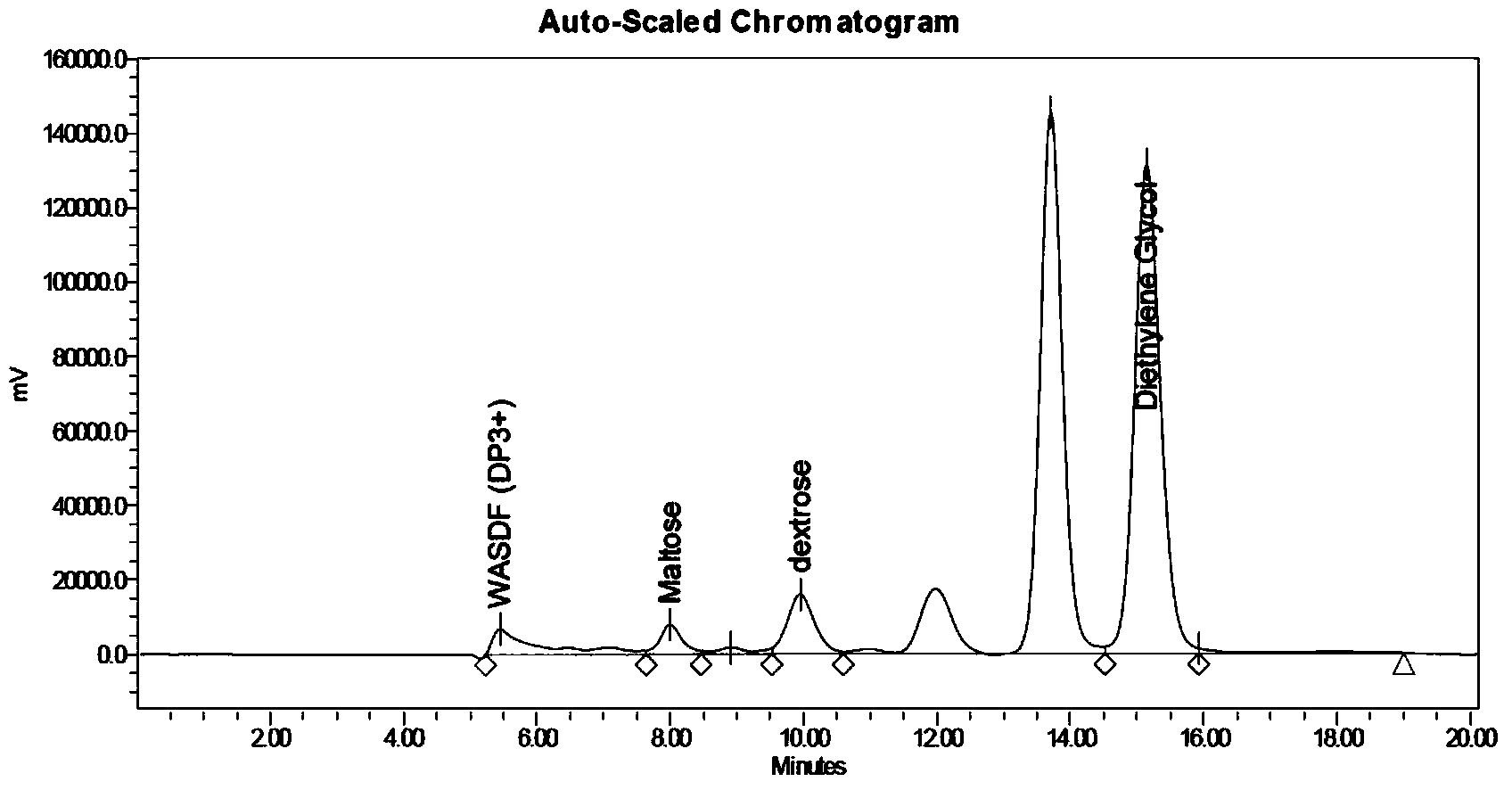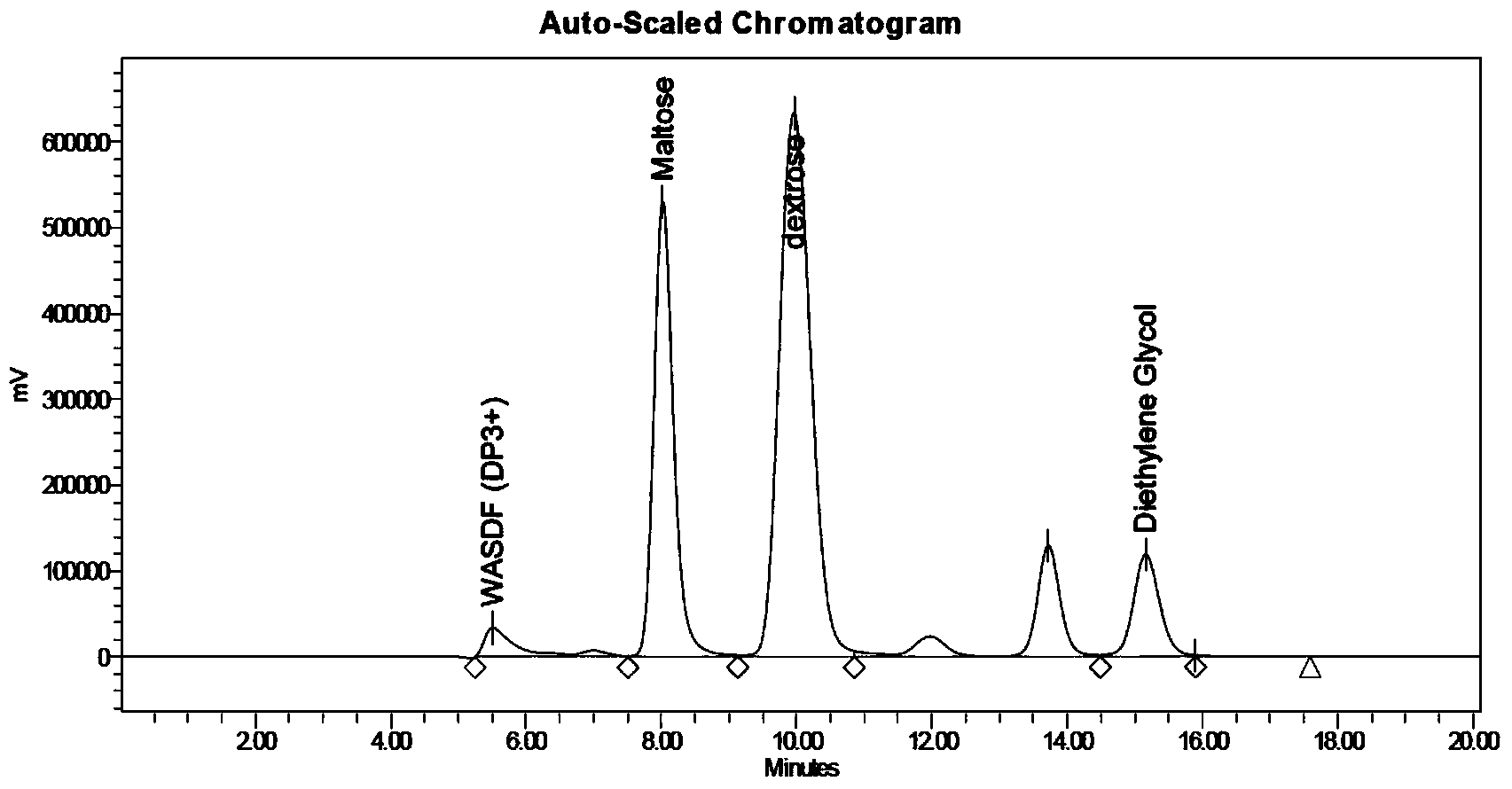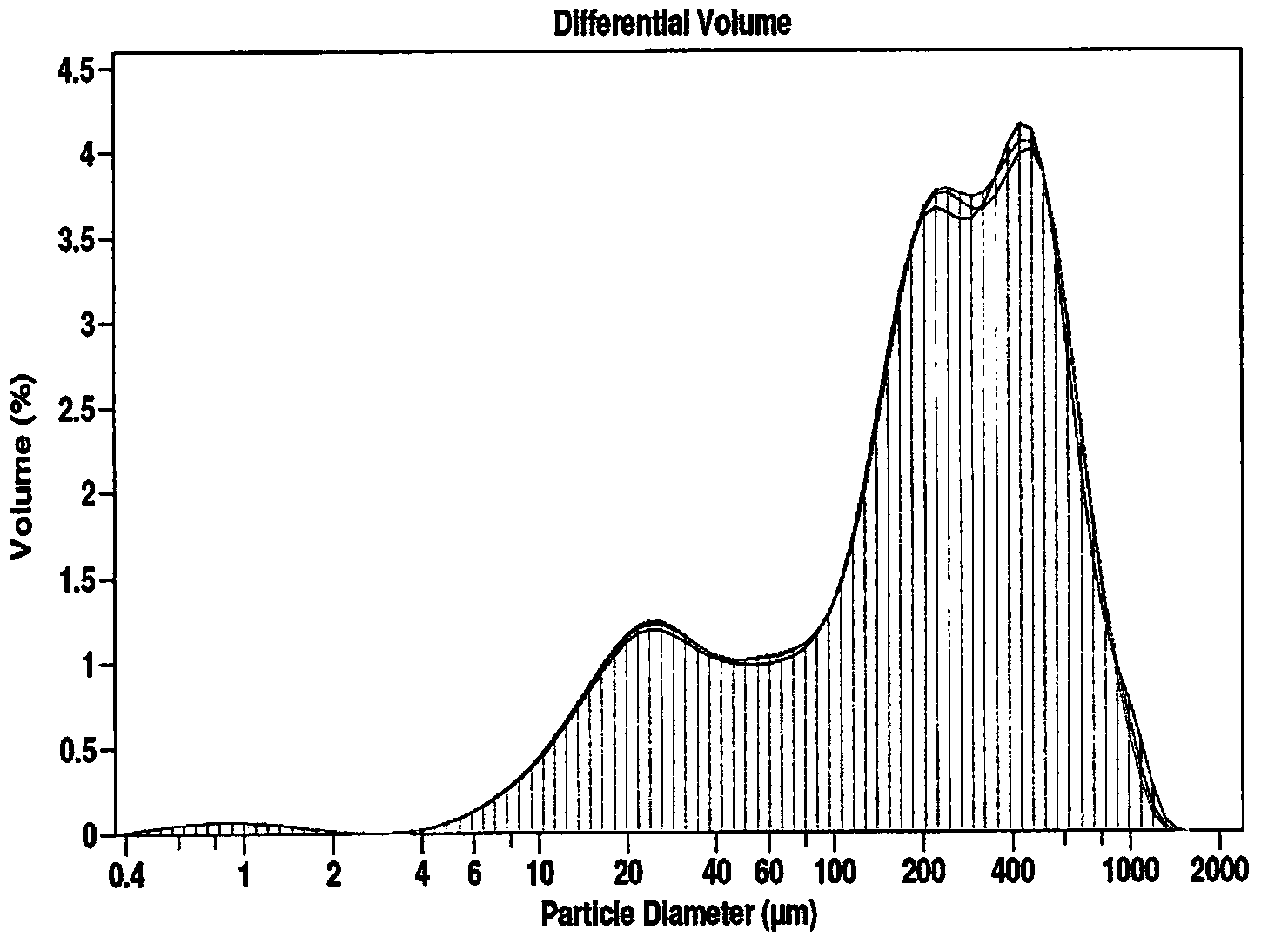Technique method for converting soybean hulls and peels into dietary fiber
A technology of dietary fiber and process method, applied in the field of food processing, can solve the problems of dark product color, low fiber yield and high process temperature, and achieve the effects of high water holding capacity and water solubility index, high fiber content and good taste.
- Summary
- Abstract
- Description
- Claims
- Application Information
AI Technical Summary
Problems solved by technology
Method used
Image
Examples
Embodiment 1
[0033] Step 1: coarsely grind the hulls of soybeans from which impurities have been removed into coarse particles of 1.2 cm in size, with a moisture content of 55% (mass percentage); add 2N edible HCl at 60°C to adjust the pH to 2.0, and carry out acid hydrolysis for 2 hours; Then wash with water to neutrality, and use a centrifuge to dehydrate under a centrifugal force of 5,000g for 10 minutes to obtain acidolysis dehydrated particles;
[0034] Step 2: Adjust the moisture content of the acid hydrolysis dehydration particles to 55% (mass percentage); add 2N edible KOH at 65°C to adjust the pH to 10.5 for alkaline hydrolysis for 2 hours; then wash with water until neutral, and use a centrifuge at 5,000 Under the action of g centrifugal force for 10 minutes, dehydration treatment is carried out to obtain alkali hydrolysis dehydration particles;
[0035] Step 3: Adjust the moisture content of the alkaline dehydration granules to 35%, then degrade at 123°C, 15 pounds of pressure a...
Embodiment 2
[0037] Step 1: coarsely grind the hulls of soybeans from which impurities have been removed into coarse particles of 1.4 cm in size, with a moisture content of 60% (mass percentage); add 2N edible HCl at 55°C to adjust the pH to 1.5, and carry out acid hydrolysis for 2 hours; Then wash with water to neutrality, and use a centrifuge to dehydrate under a centrifugal force of 5,000g for 10 minutes to obtain acidolysis dehydrated particles;
[0038] Step 2: Adjust the moisture content of the acid hydrolysis dehydration particles to 55% (mass percentage); add 2N edible KOH at 60°C to adjust the pH to 11 for alkaline hydrolysis for 2 hours; then wash with water until neutral, and use a centrifuge at 5,000 Under the action of g centrifugal force for 10 minutes, dehydration treatment is carried out to obtain alkali hydrolysis dehydration particles;
[0039]Step 3: Adjust the moisture content of the alkaline dehydration granules to 40%, then degrade at 119°C, 13 lbs of pressure and hig...
Embodiment 3
[0041] Step 1: coarsely grind the hulls of soybeans from which impurities have been removed into coarse particles with a size of 10 cm and a moisture content of 57% (mass percentage); add 2N edible HCl and adjust the pH to 2.0 at 65°C to carry out acid hydrolysis for 2 hours; Then wash with water to neutrality, and use a centrifuge to dehydrate under a centrifugal force of 5,000g for 10 minutes to obtain acidolysis dehydrated particles;
[0042] Step 2: Adjust the moisture content of the acid hydrolysis dehydration particles to 60% (mass percentage); add 2N edible KOH at 60°C to adjust the pH to 10.5 for alkaline hydrolysis for 2 hours; then wash with water until neutral, and use a centrifuge at 5,000 Under the action of g centrifugal force for 10 minutes, dehydration treatment is carried out to obtain alkali hydrolysis dehydration particles;
[0043] Step 3: Adjust the moisture content of the alkaline dehydration granules to 37%, then degrade at 121°C, 17 lbs of pressure and ...
PUM
 Login to View More
Login to View More Abstract
Description
Claims
Application Information
 Login to View More
Login to View More - R&D
- Intellectual Property
- Life Sciences
- Materials
- Tech Scout
- Unparalleled Data Quality
- Higher Quality Content
- 60% Fewer Hallucinations
Browse by: Latest US Patents, China's latest patents, Technical Efficacy Thesaurus, Application Domain, Technology Topic, Popular Technical Reports.
© 2025 PatSnap. All rights reserved.Legal|Privacy policy|Modern Slavery Act Transparency Statement|Sitemap|About US| Contact US: help@patsnap.com



